Laser therapy can significantly help to regulate the inflammatory process. In order to understand what occurs at a macroscopic level, what occurs at a microscopic level should first be understood as well as how laser therapy interacts with the entire process.
The inflammatory process is a defence mechanism employed by the body to prevent greater injury or infection. The result of this process can be negative when there is a lack of control over the various stages of the inflammation and it becomes a recurrent or a chronic problem.
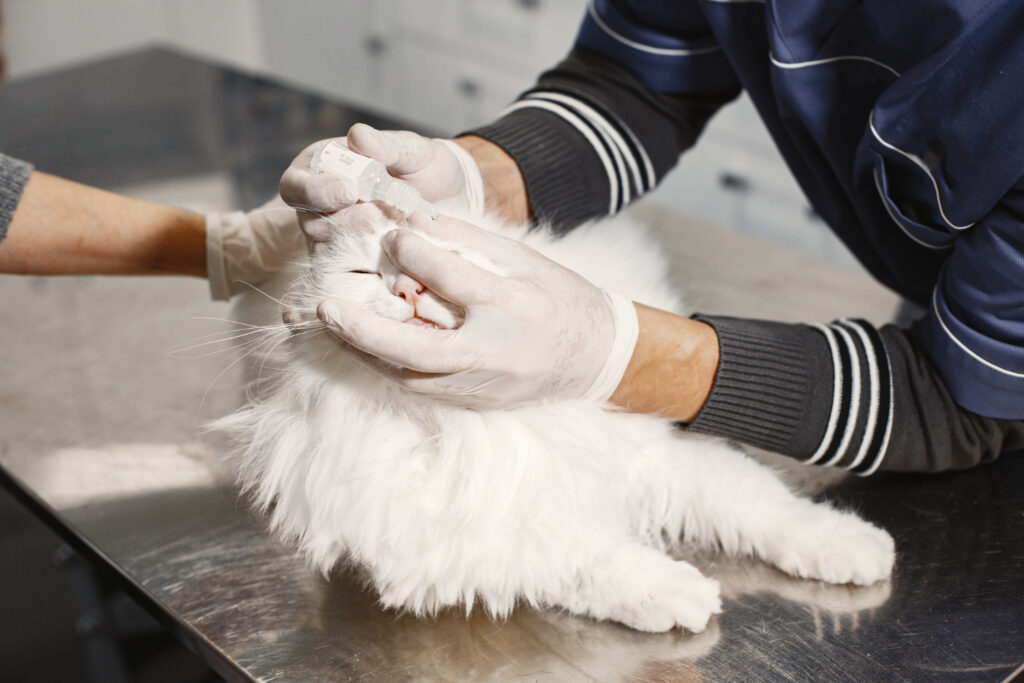
A vascular response takes place in acute inflammation, with vasoconstriction lasting only a few seconds followed by vasodilation as a result of the resulting hypoxia. This may last 24-72 hours. Platelet aggregation and adherence also takes place, releasing factors that help subsequent healing and creating a fibrin clot.
The cellular response takes place through chemotaxis, with neutrophil degranulation and macrophage activation being essential1.
Macrophages play a fundamental role in the epithelialisation and healing of tissues. In certain studies, it was observed that the subsequent healing processes would not occur in macrophage-depleted guinea pigs.
In fact, macrophages release a large quantity of growth factors related to angiogenesis (VEGF), cellular differentiation (FGF, TGF-β) and wound debridement. Macrophages are necessary at this stage for these reasons. In one study, a macrophage increase was observed at this stage when compared against the control group.
Laser therapy regulates this entire process, providing certain control over the acute stage of the inflammation that is fundamental for subsequent tissue repair stages.
Furthermore, the application of laser therapy led to the observation of reduced prostaglandins and a reduced expression of COX-2 RNAm2, as well as a reduction in certain inflammation-related interleukins, such as IL-1β3, TNF-α and IL-6.
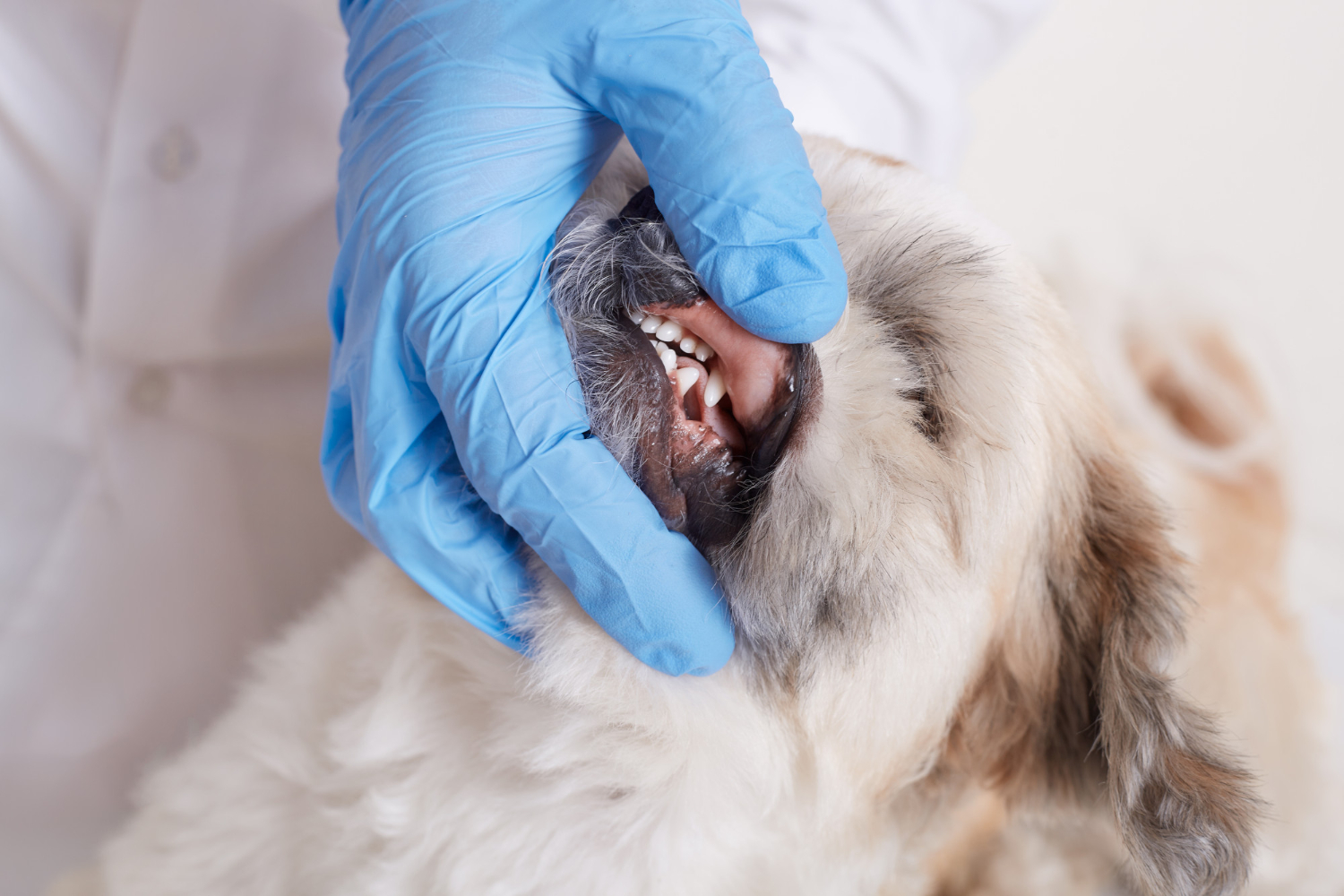
Seeing is believing!
Book a demo now to learn how DoctorVet works!
A proliferation of fibroblasts takes place (increasing due to stimulation from macrophages in the previous stage) during the proliferative or fibroblastic stage (which lasts 4-15 days). They also differentiate into myofibroblasts. Angiogenesis also takes place at this stage, stemming from the release of the vascular endothelial growth factor (VEGF).
Vasodilation is maintained, thanks to the nitric oxide and the afore-mentioned angiogenesis. All this is maintained until adequate oxygen supply is re-established in the wound area. Remodelling is the final stage, which can last up to two years. This stage can be shortened with laser therapy, achieving stronger and more biomechanically functional tissue.
Hence, laser therapy helps to control the entire inflammatory process, becoming necessary to achieve the analgesic and biostimulatory effect for the various tissues4. DoctorVet has a specific protocol to regulate said process, which can be combined with other pre-established protocols.
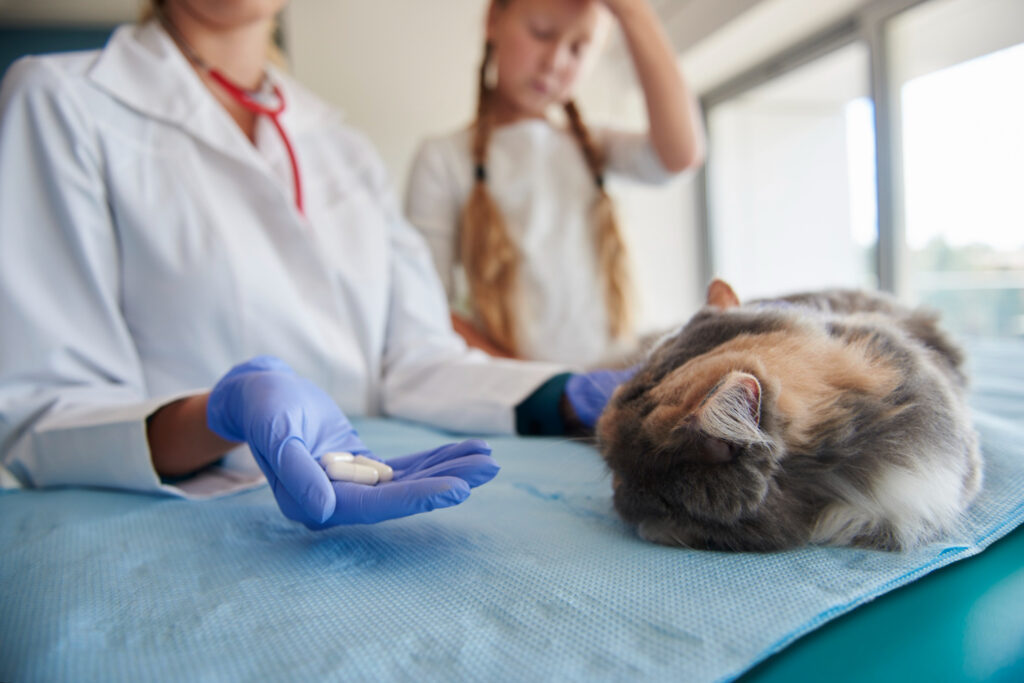
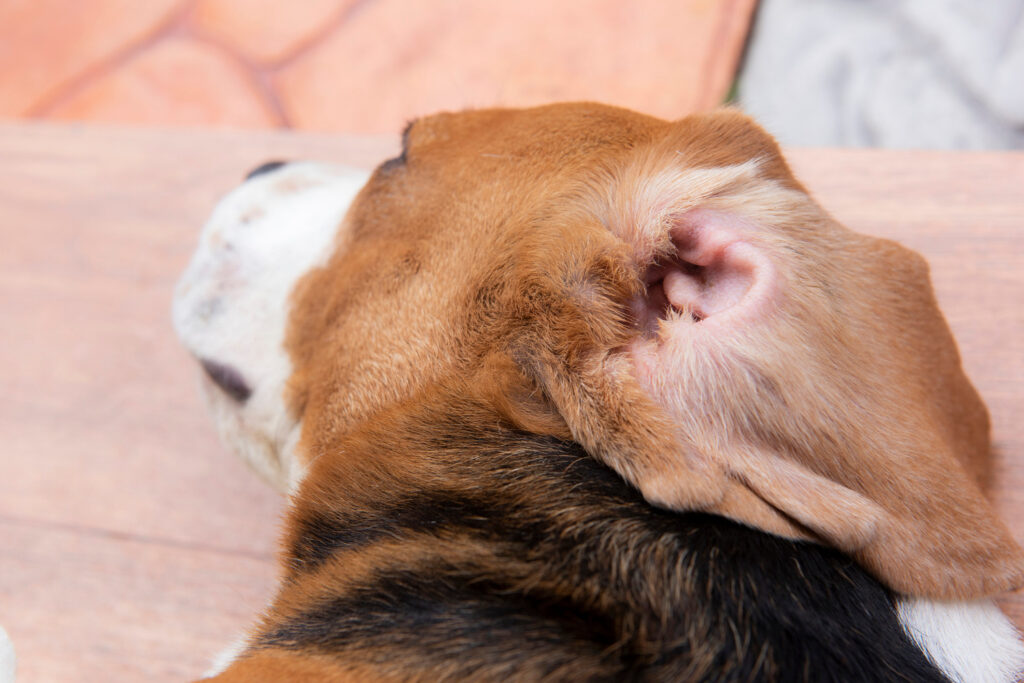
Via dell’Impresa, 1
36040 Brendola (VI)
VAT 02558810244
C.R. VI 240226
© Copyright 2016-2021 LAMBDA S.p.A. | Privacy Policy